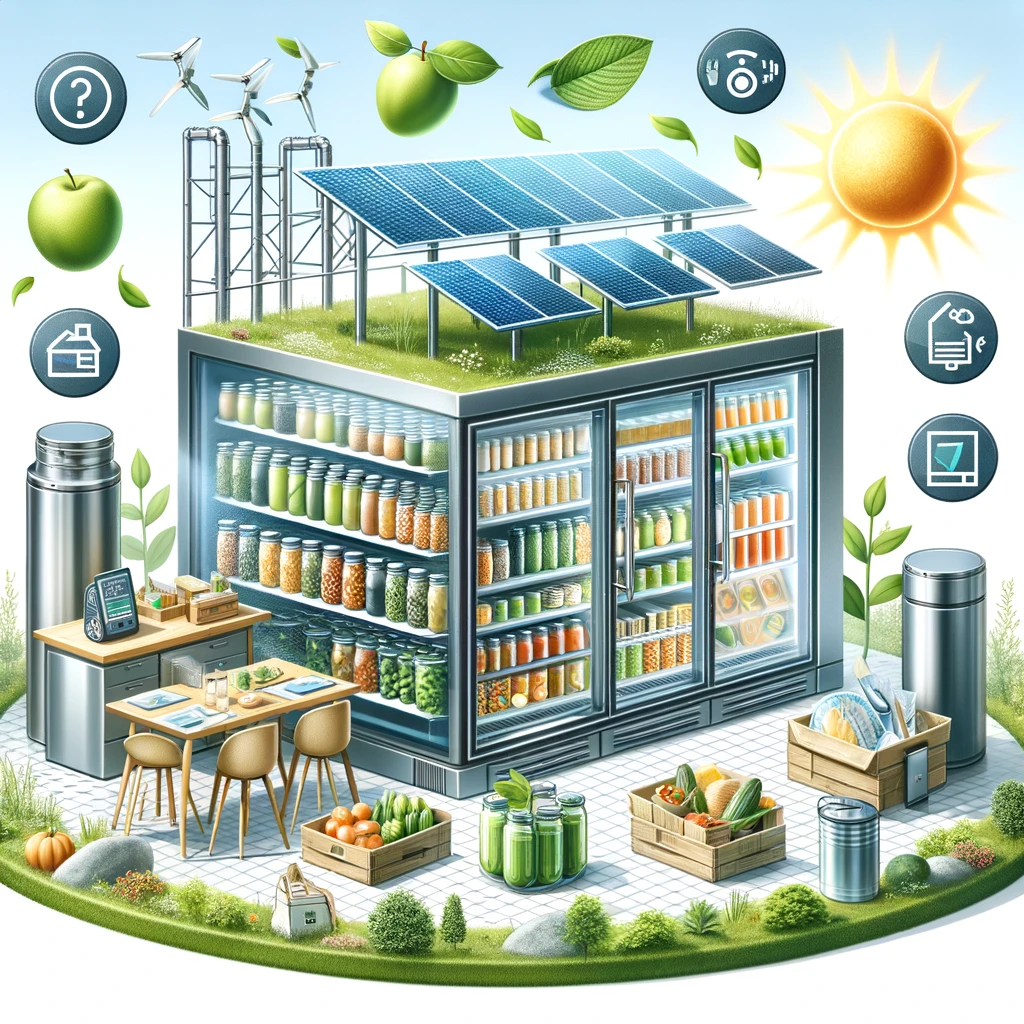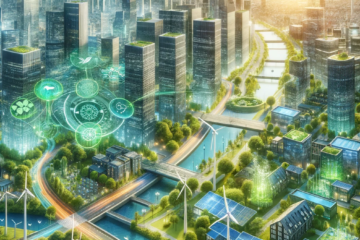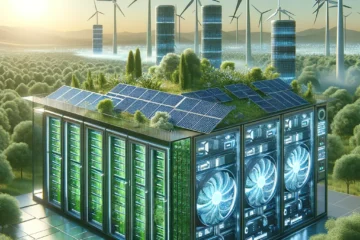Introduction
In a world where the demand for sustainable solutions is escalating, green technology has emerged as a game-changer in various sectors, including food preservation and storage. This article delves into how green technology, through its innovative approaches and data analytics, is reshaping the landscape of food preservation, ensuring sustainability, and responding to global food security challenges.
Green Technology: A New Era in Food Preservation
Green technology in food preservation is not just a trend; it’s a necessity. With the growing awareness of environmental issues, the adoption of eco-friendly methods in food preservation has gained momentum. This section will explore how green technology is being utilized to prolong the shelf life of food products while minimizing environmental impact.
The Role of Renewable Energy in Food Preservation
Renewable energy sources like solar and wind power are playing a pivotal role in powering refrigeration systems. These energy-efficient and low-carbon footprint systems are crucial in areas with limited access to electricity, thus reducing food waste and enhancing food security.
Advancements in Eco-Friendly Packaging
The development of biodegradable and compostable packaging materials marks a significant stride in green technology. These innovative materials not only extend the shelf life of food products but also reduce plastic pollution, aligning with global sustainability goals.
Smart Technologies for Efficient Storage
Smart technologies, including IoT and AI-driven systems, are revolutionizing food storage. By monitoring conditions like temperature and humidity in real-time, these technologies ensure optimal preservation conditions, reducing spoilage and energy consumption.
Sustainability: The Core of Modern Food Storage
Sustainable food storage solutions are crucial in addressing the challenges of climate change and environmental degradation. This section examines how sustainable practices are being integrated into food storage systems.
Reducing Carbon Footprint in Storage Facilities
Green technology has enabled the development of storage facilities with lower carbon emissions. Innovations such as solar-powered cold storages and energy-efficient refrigeration systems exemplify this shift towards sustainability.
Waste Reduction Strategies in Food Storage
Efficient storage methods, aided by green technology, play a significant role in reducing food waste. By improving the longevity of food products, these methods contribute to a more sustainable food system.
The Importance of Localized Food Storage Solutions
Localized food storage solutions, powered by green technology, minimize the need for long-distance transportation, thereby reducing carbon emissions and supporting local economies.
Technological Advancements in Food Preservation
The integration of cutting-edge technologies has been instrumental in advancing food preservation methods. This section explores how these technologies are being leveraged for more efficient and sustainable food preservation.
Innovations in Refrigeration Technology
Recent advancements in refrigeration technology, such as magnetic cooling systems, offer more sustainable alternatives to traditional methods. These technologies are not only energy-efficient but also reduce the reliance on harmful refrigerants.
The Emergence of Smart Sensing Technologies
Smart sensing technologies, utilizing data analytics and AI, provide real-time monitoring of food quality. These technologies enable early detection of spoilage, ensuring food safety and reducing waste.
Blockchain for Food Traceability
Blockchain technology is emerging as a powerful tool in ensuring the traceability of food products. By providing a transparent and tamper-proof record of the food supply chain, blockchain enhances food safety and sustainability.
Data Analytics: Enhancing Food Storage Efficiency
Data analytics plays a crucial role in optimizing food preservation and storage. This section highlights how data-driven insights are being used to improve efficiency and sustainability in food storage systems.
Predictive Analytics for Demand Forecasting
Predictive analytics enable more accurate forecasting of food demand, allowing for better planning and management of food storage. This approach reduces overproduction and waste, contributing to a more sustainable food system.
AI in Temperature and Humidity Control
AI-driven systems are increasingly being used to control the temperature and humidity in storage facilities. These systems analyze vast amounts of data to maintain optimal conditions, enhancing the quality and longevity of food products.
Big Data in Supply Chain Optimization
Big data analytics are critical in optimizing the food supply chain. By analyzing patterns and trends, these analytics help in streamlining transportation and storage processes, reducing the environmental impact and improving efficiency.
Conclusion
The impact of green technology on food preservation and storage is profound and far-reaching. It not only champions sustainability but also brings forth innovative solutions that address global food security challenges. As we continue to embrace these technological advancements, the future of food preservation and storage looks more sustainable, efficient, and environmentally friendly.




